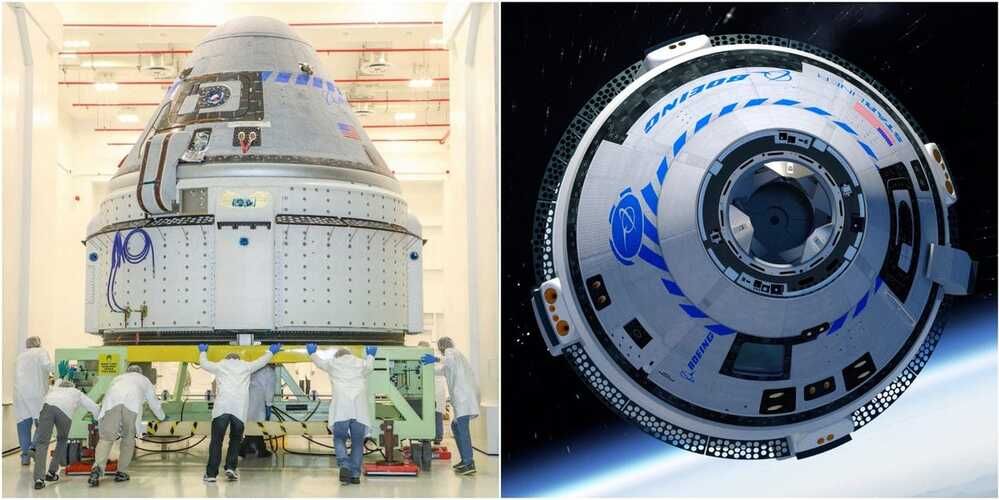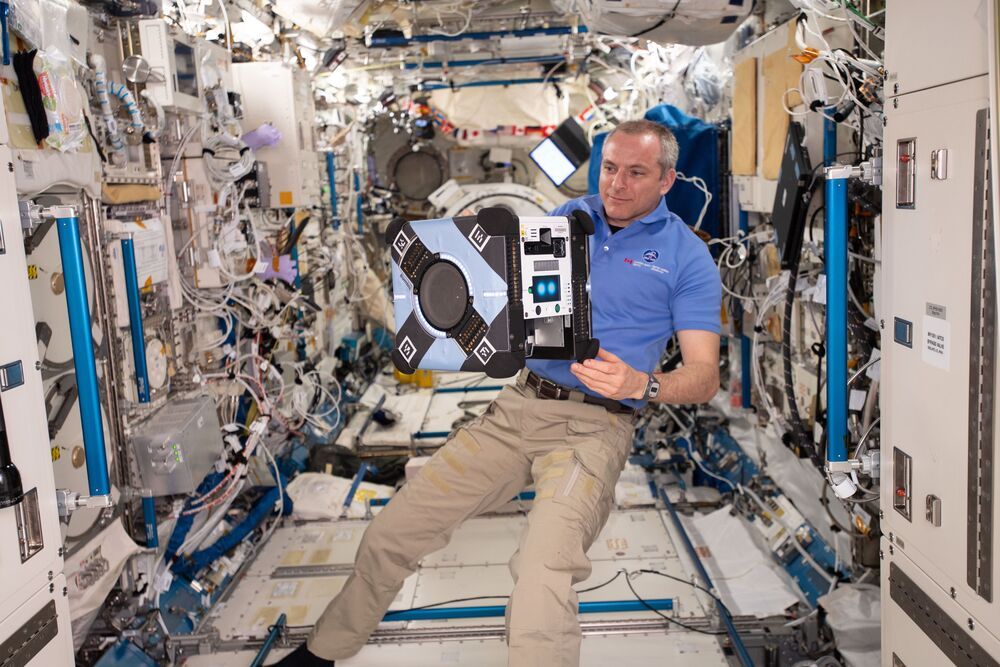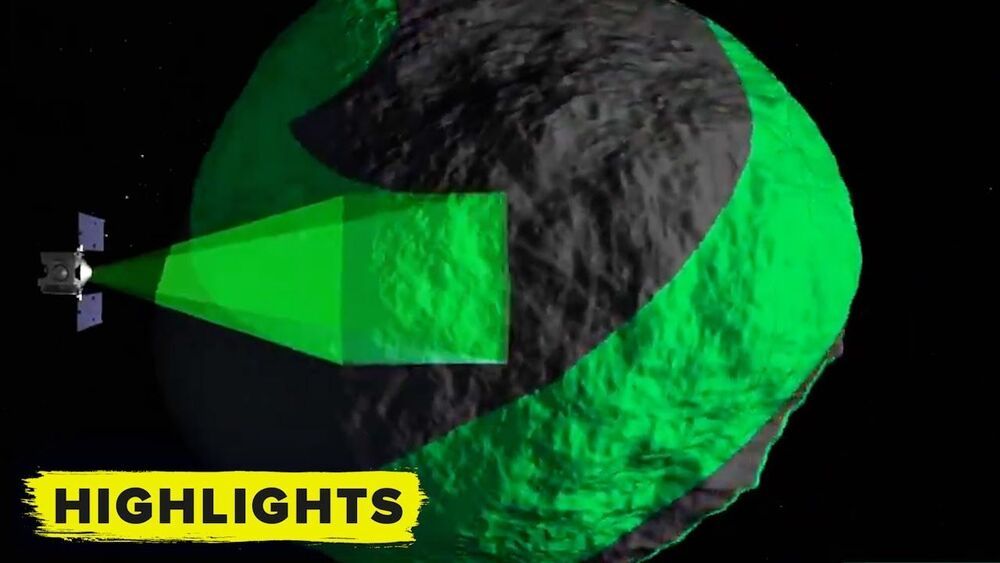A team of researchers in northern China developed the world’s hardest glassy material, the transparent, yellow-tinted AM-III, which is capable of leaving a deep scratch on the surface of a diamond, a report from South China Morning Post explains.
The material, which is made entirely of carbon, reached a 113 gigapascals (GPa) on the Vickers hardness test. As a point of reference, natural diamonds usually score somewhere between 50 and 70 on the GPa scale.
The findings of the research, led by Professor Tian Yongjun of Yanshan University in Qinhuangdao, Hebei province, were published in the journal National Science Review. In 2,013 Tian and his team created the world’s hardest material that’s visible to the naked eye, a boron nitride crystal that is twice as hard as diamond at 200 GPa.
Scientists developed a material called AM-III which is tougher than diamond and is almost as efficient a semiconductor as silicon.









